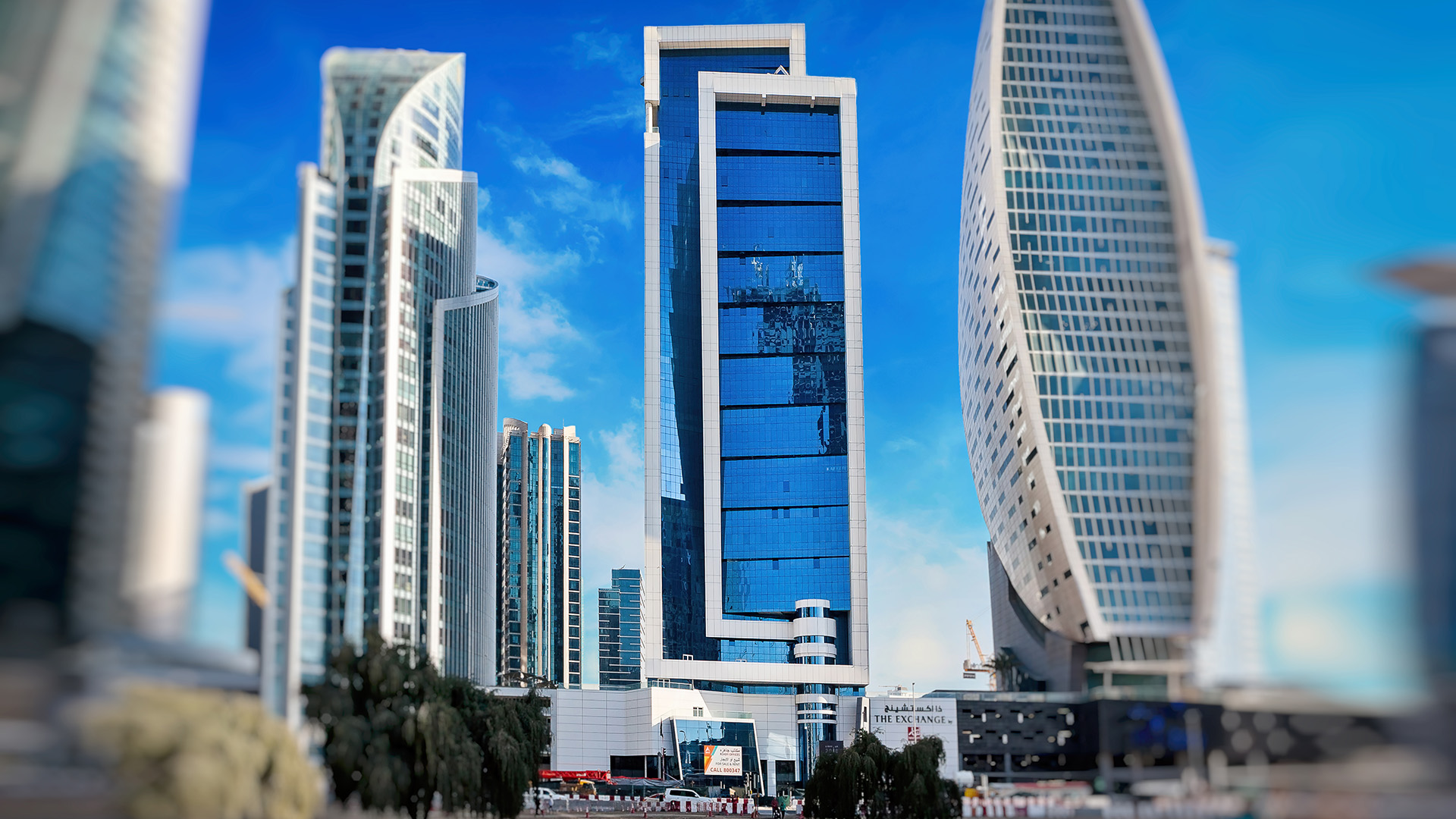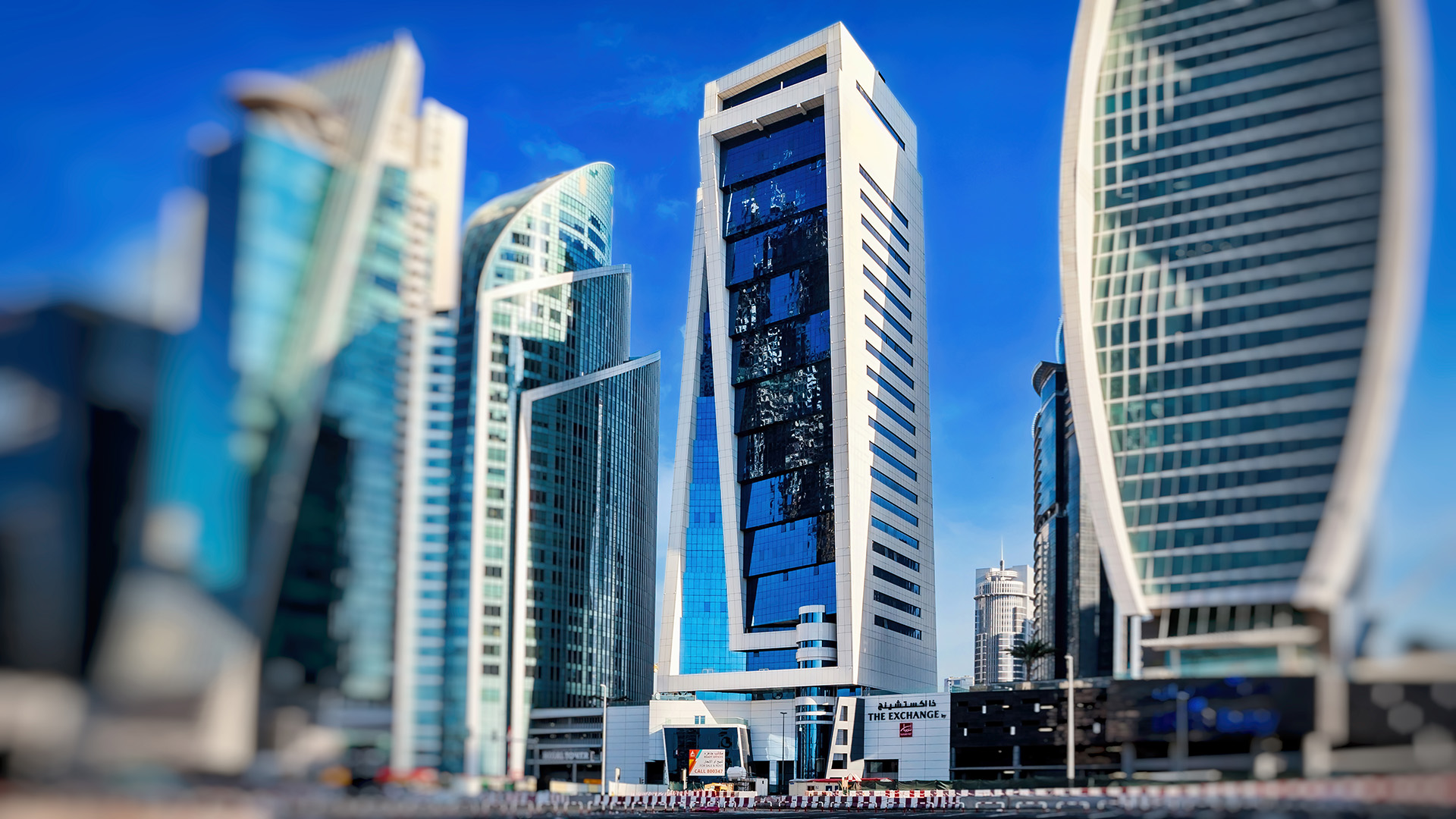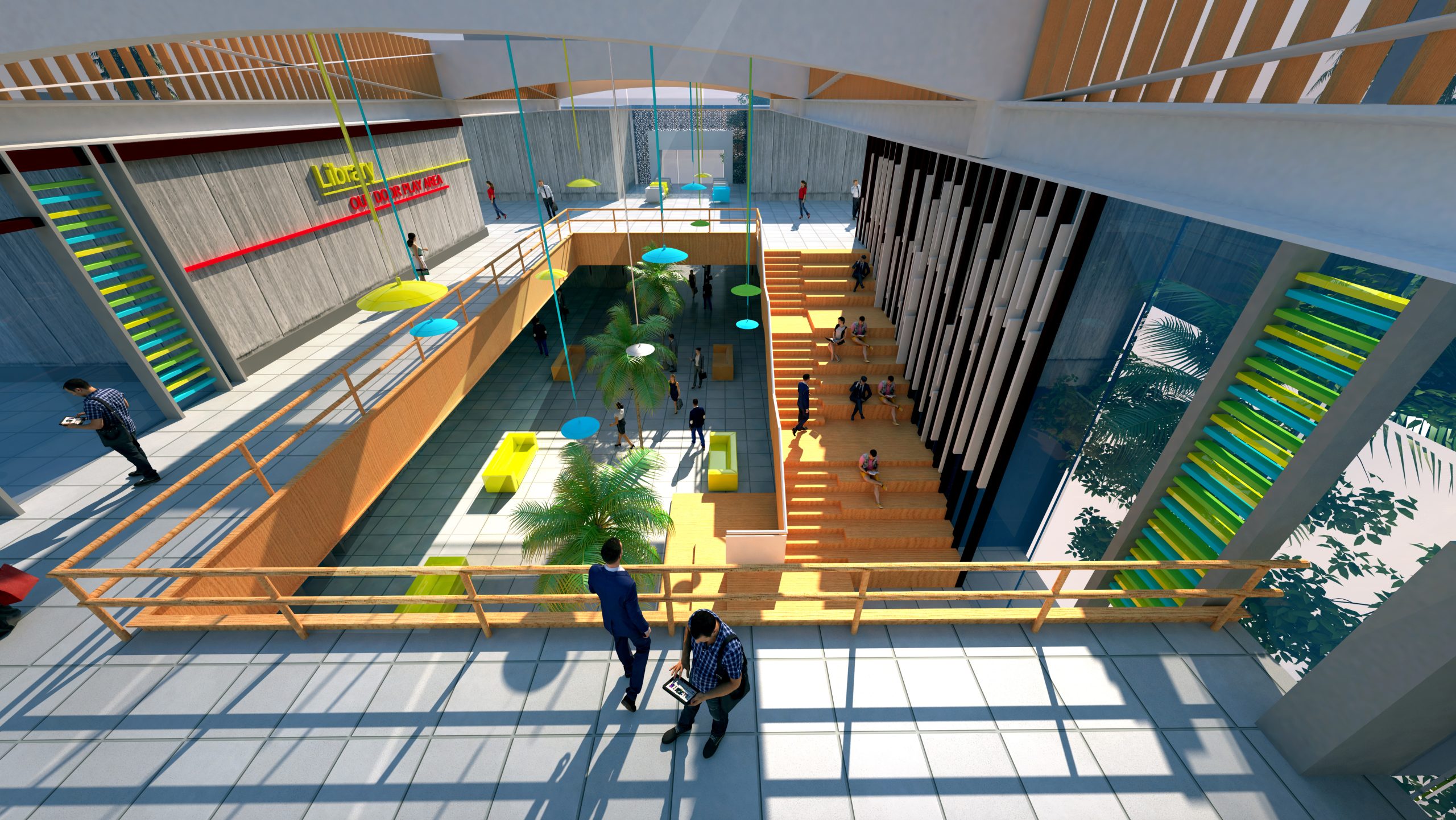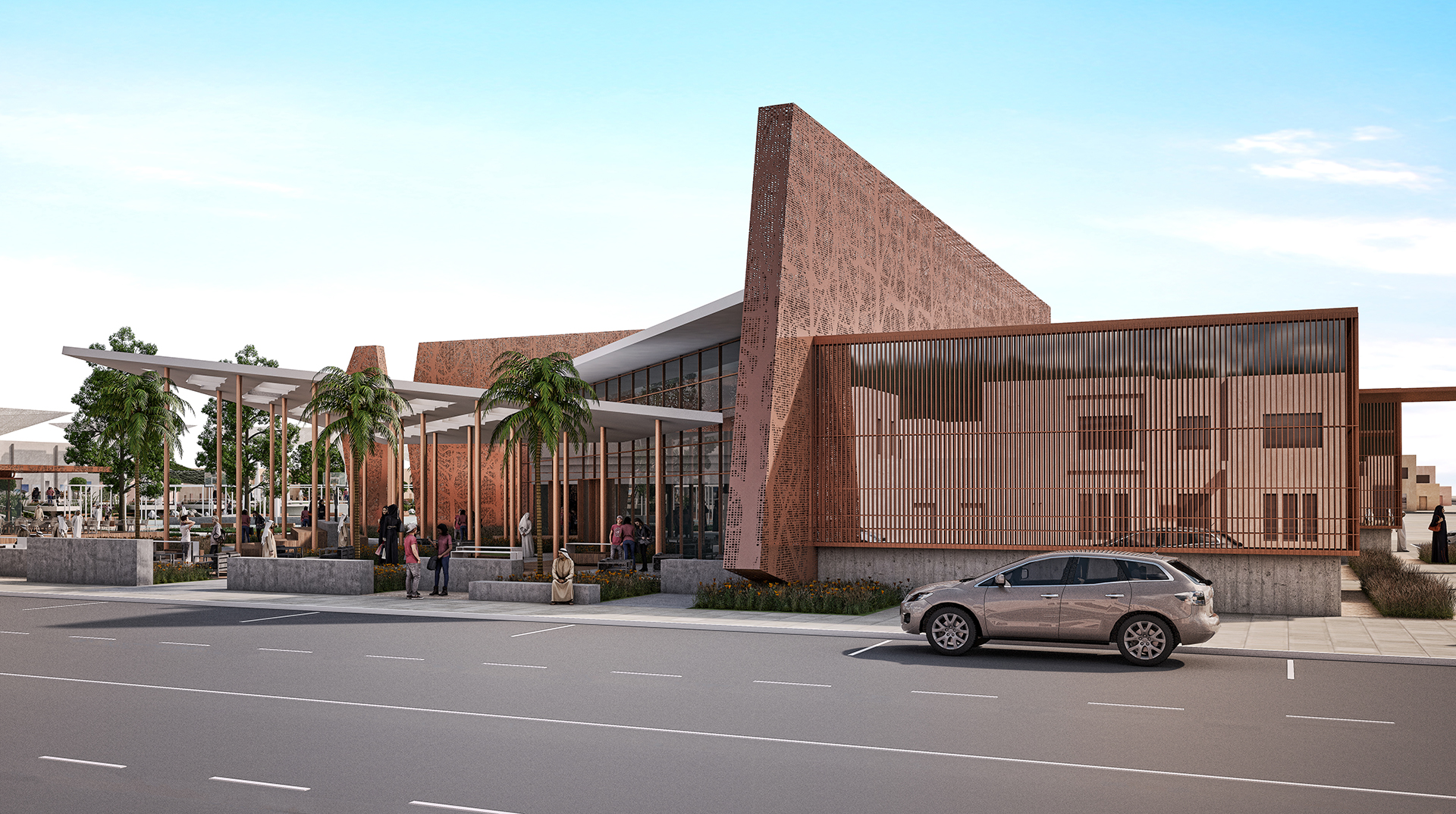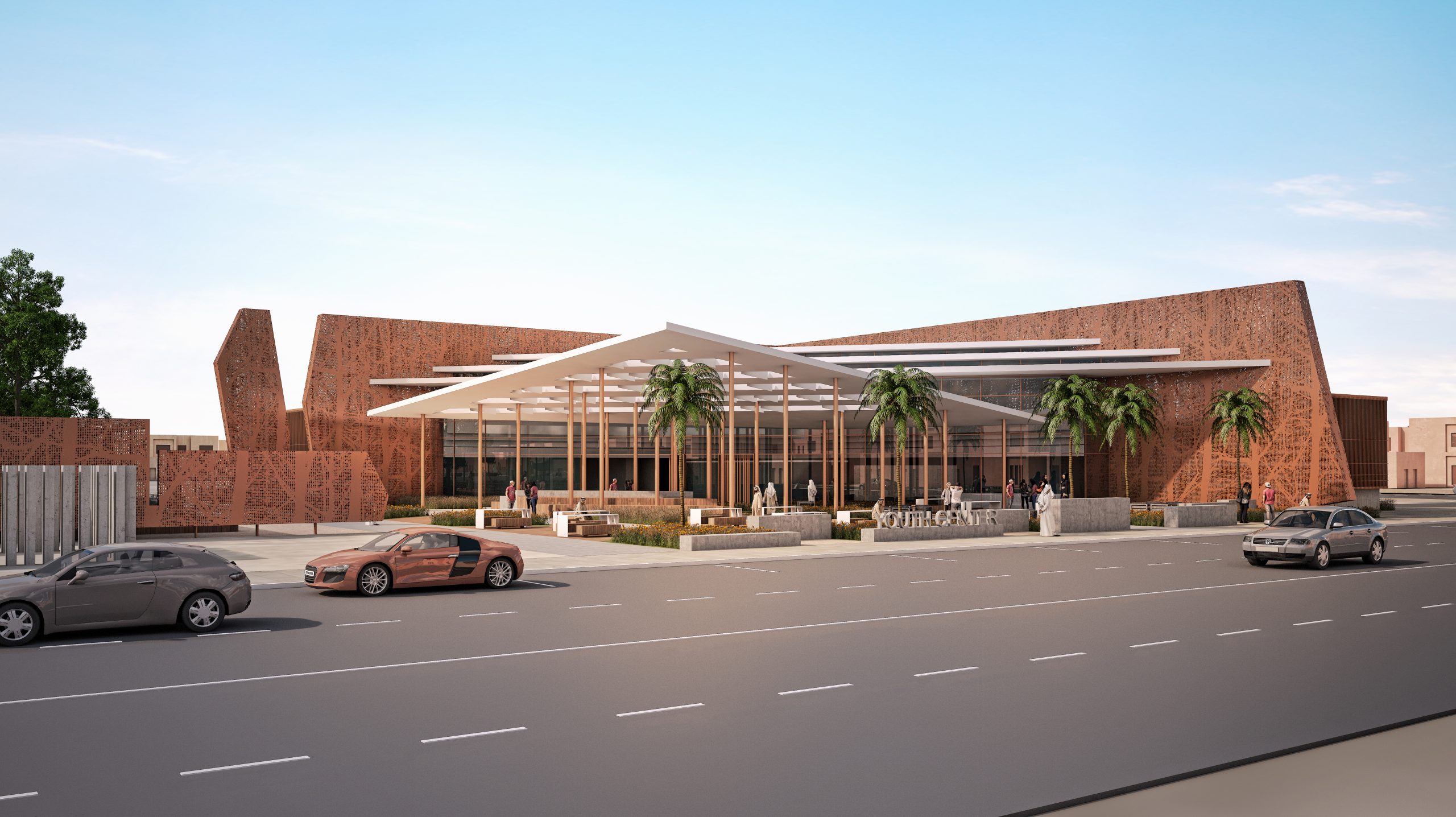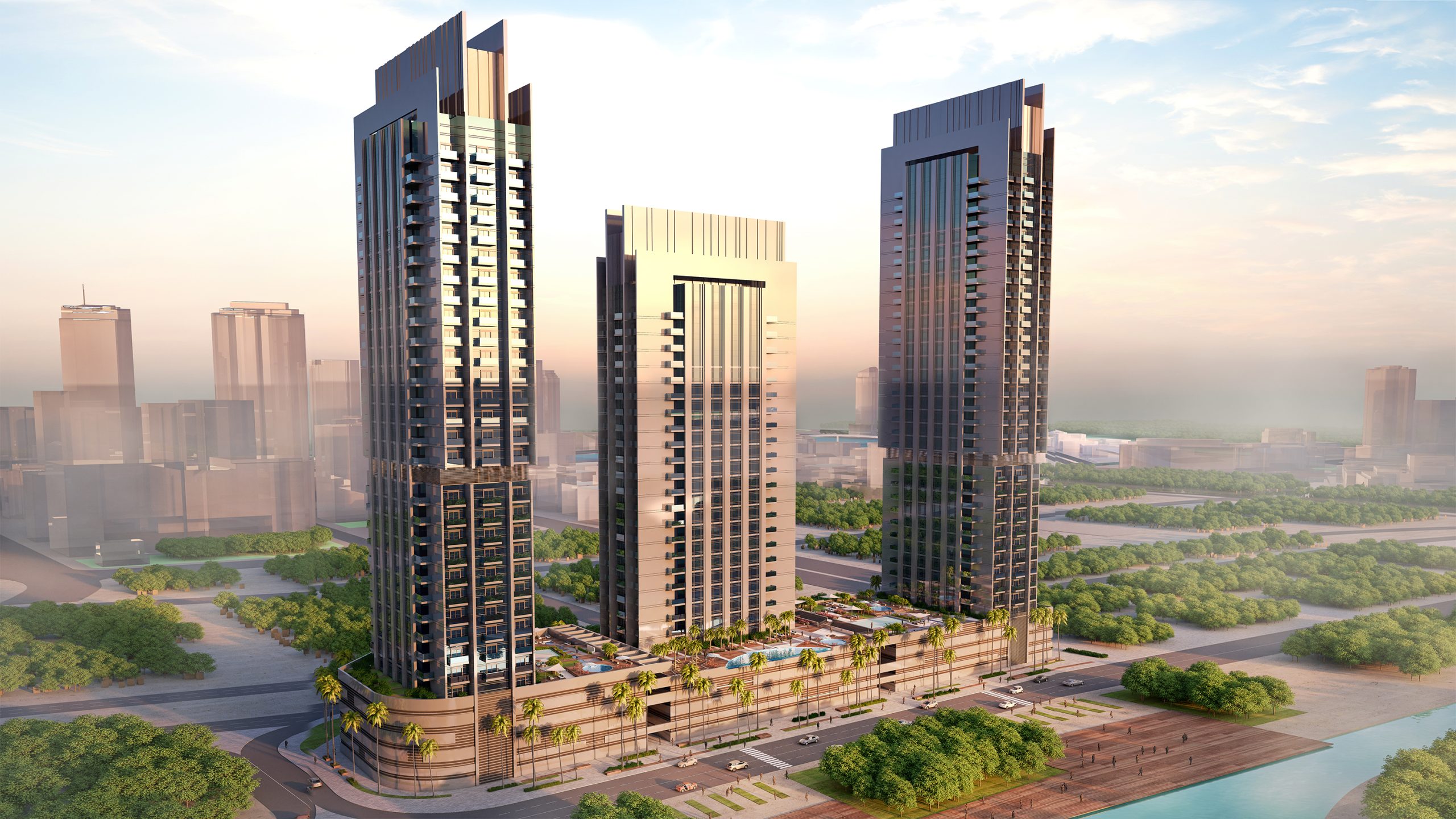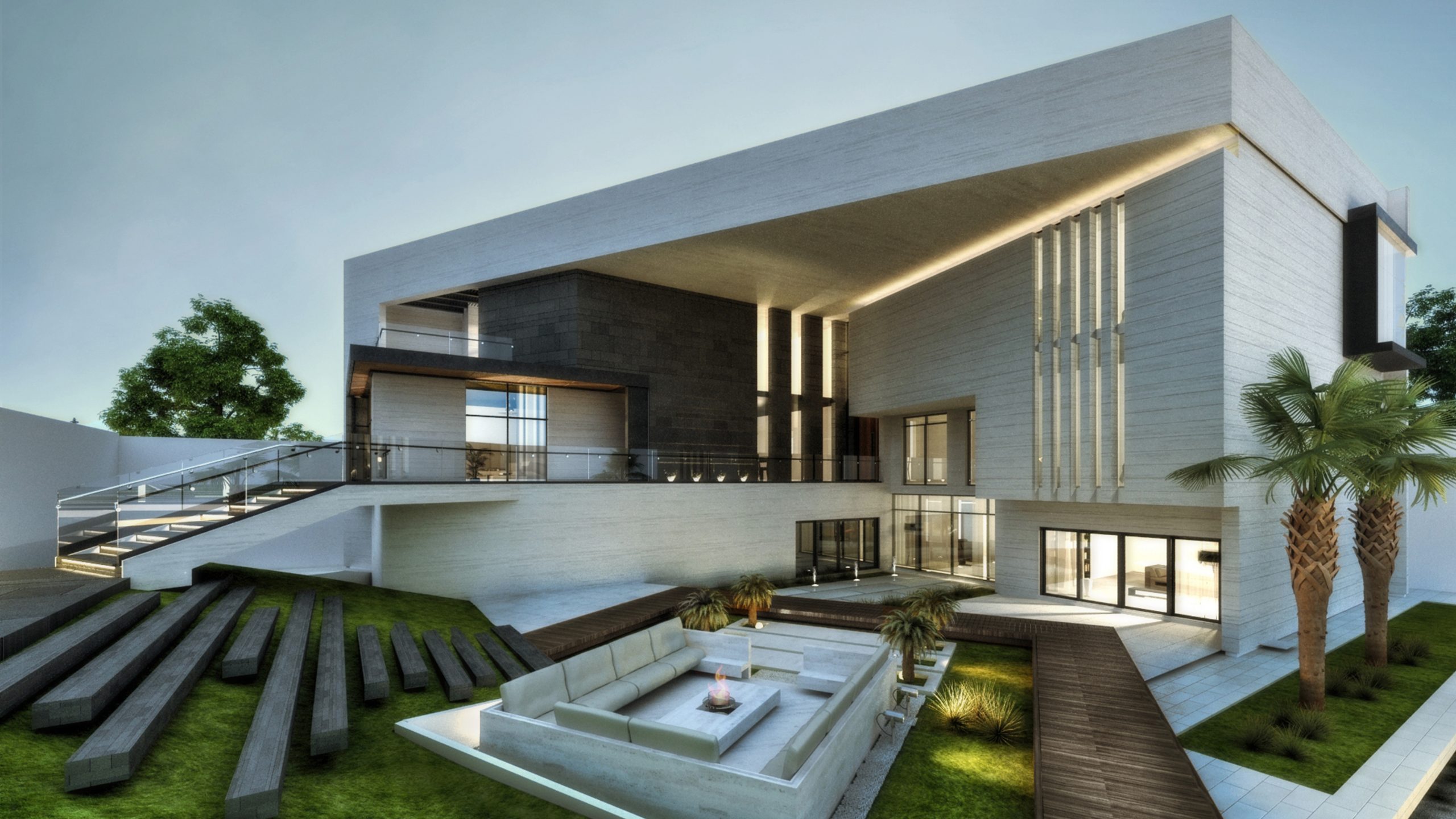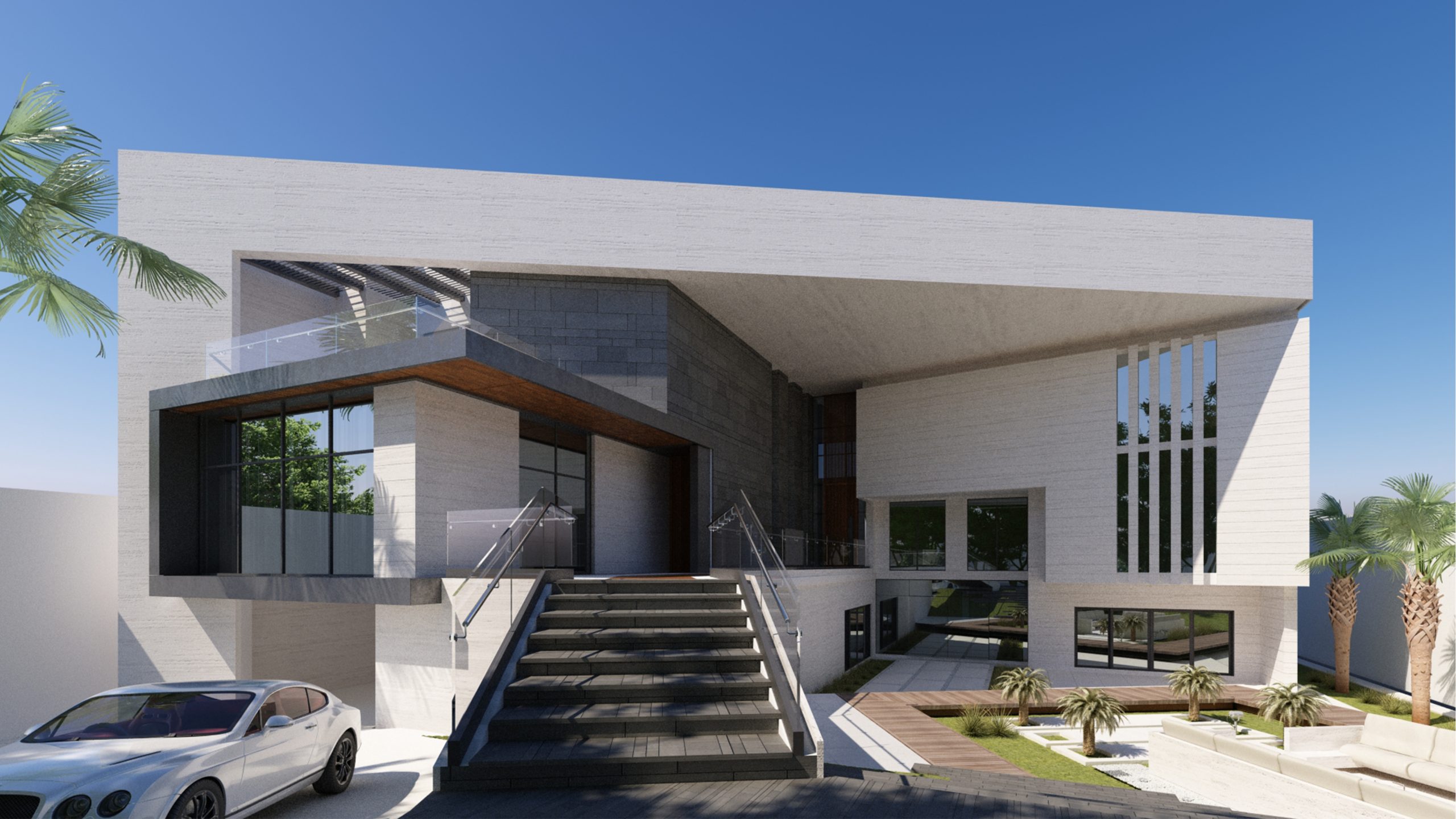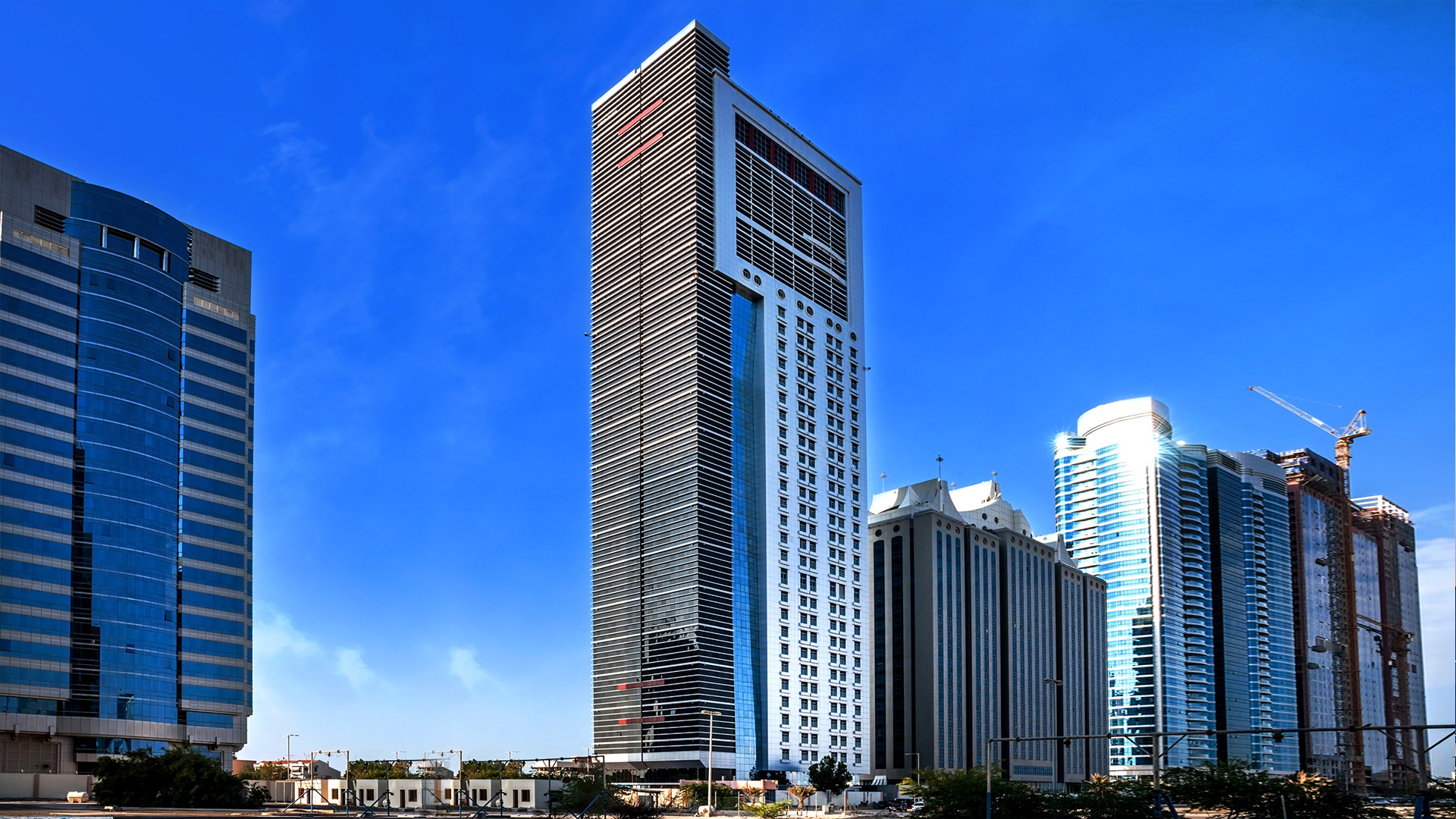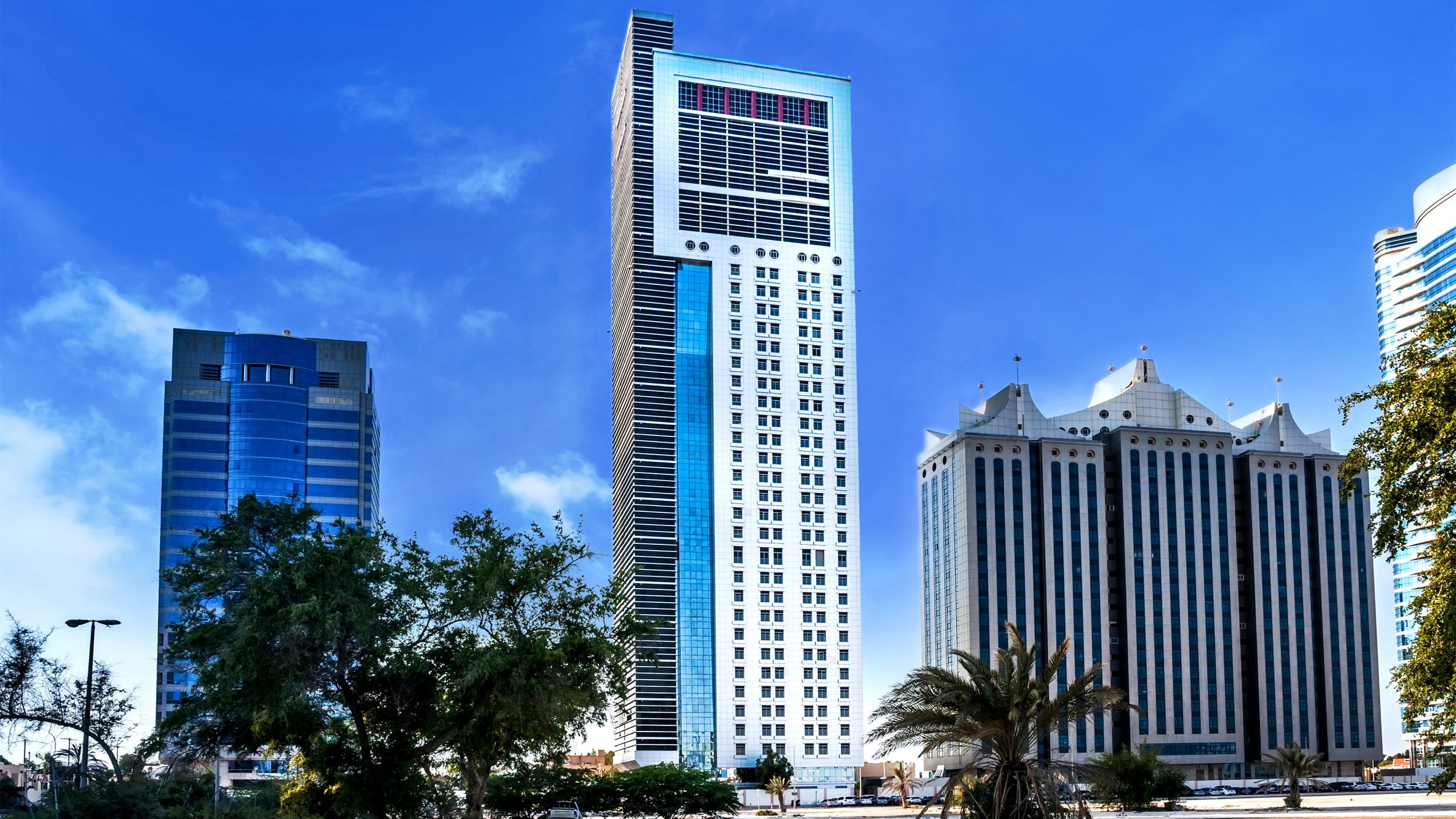
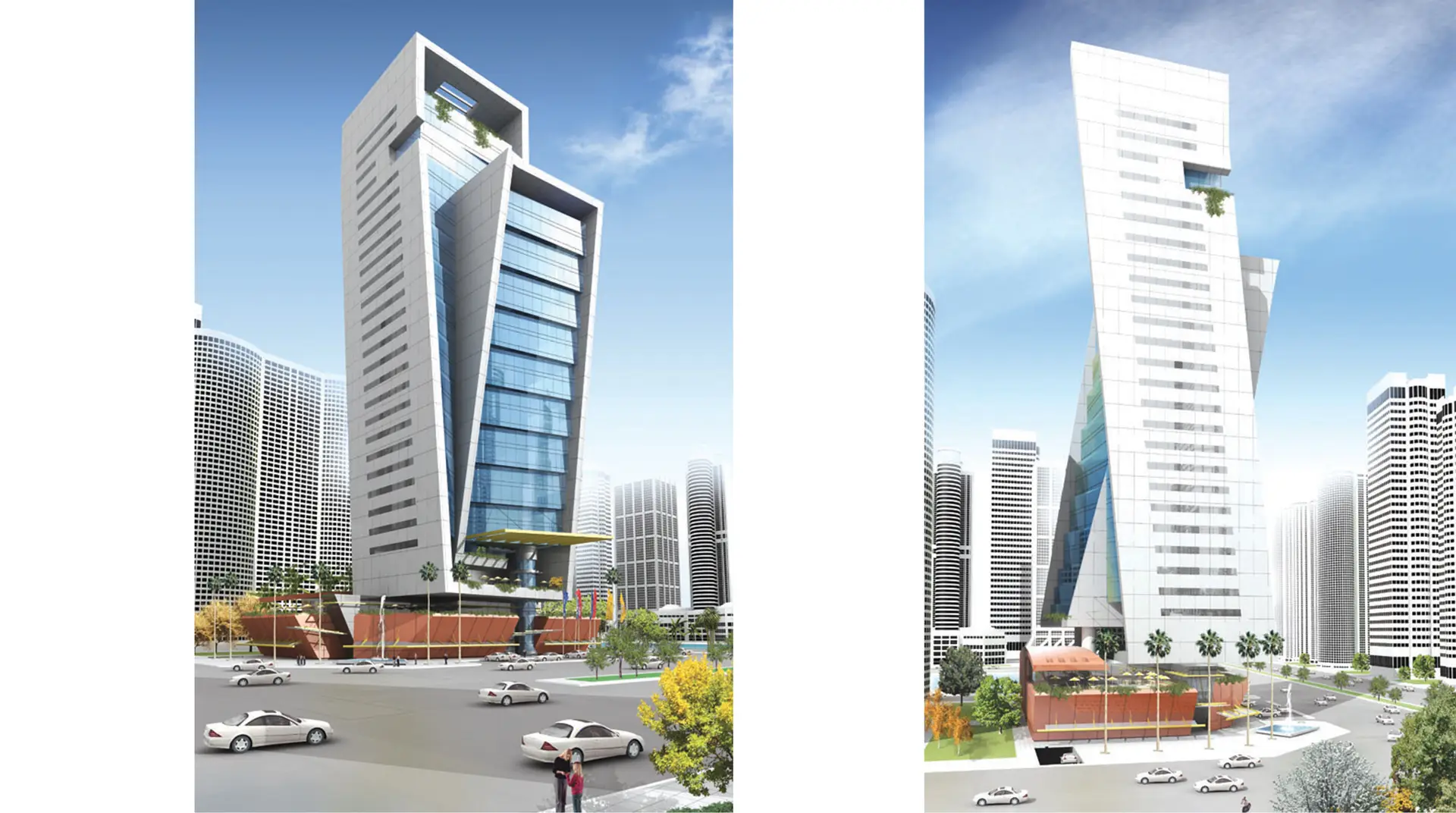
Project Overview
The Exchange Tower is a bold architectural statement that challenges traditional building norms through an exploration of the Post-Modernist concept of “folding”. Inspired by origami-like surface manipulation, the design employs a constant-width white strip, akin to a Möbius strip, to create a dynamic and sculptural form. This strip wraps around a minimalist glass mass, introducing a dialogue between structure and space, playfulness and rigor, while pushing the boundaries of conventional building codes.
Goals & Objectives
The key objectives for Exchange Tower were:
- To create a dynamic and visually striking form that challenges traditional architectural norms.
- To explore the Post-Modernist concept of “folding” and apply it as an architectural language.
- To contrast the minimalist glass mass with a sculptural wrapping form, breaking free from the rigidity of conventional Euclidean geometry.
- To convey movement, fluidity, and spatial innovation through a simple yet impactful design.
Challenges
The project required addressing unique challenges, including:
- Balancing creativity and visual dynamism within the constraints of structural feasibility.
- Integrating a complex folded form with the functional requirements of a modern office tower.
- Maintaining a seamless relationship between the folded white strip and the minimalist glass volume without compromising the building’s elegance.
Design Solutions
Bayaty Architects employed innovative design principles to bring the vision of Exchange Tower to life:
The “Folded” Form:
- Inspired by origami and the Post-Modernist theory of folding, the design features a constant-width white strip that wraps around the building.
- Like a Möbius strip, the continuous form varies in direction and position, creating a sense of motion and dynamism.
- This folding technique transforms a traditional static mass into a sculptural architectural expression, introducing a sense of spatial playfulness.
Contrast Between Form and Mass:
- The white folded strip wraps around a minimalist glass mass, highlighting the juxtaposition between structure and geometry.
- The transparent glass volume represents simplicity, while the folding strip embodies complexity and dynamism.
- This contrast serves as a metaphor for breaking free from strict architectural codes, symbolizing creative liberation.
Dynamic Geometry:
- While adhering to Euclidean geometry, the design introduces a playful twist through non-linear forms and unexpected angles.
- The variation in direction and positioning of the white strip generates visual interest from multiple perspectives, ensuring the building stands out in its context.
Key Features
- Post-Modernist Folding: The design employs origami-inspired surface manipulation to compose a three-dimensional, sculptural form.
- Möbius-Inspired Strip: The continuous white strip creates a dynamic and fluid wrapping around the glass structure.
- Minimalist Glass Mass: The simplicity of the glass volume contrasts sharply with the playfulness and complexity of the folded strip.
- Symbolism: The design serves as a metaphor for breaking free from conventional building regulations and static forms.
Outcome
The Exchange Tower is a powerful exploration of form, geometry, and creativity. By marrying the rigor of minimalist design with the fluidity of folding, Bayaty Architects have crafted a structure that stands as both an architectural innovation and a symbolic gesture. The tower pushes the boundaries of traditional design, creating a visually dynamic landmark that inspires and challenges conventional notions of architectural form.

